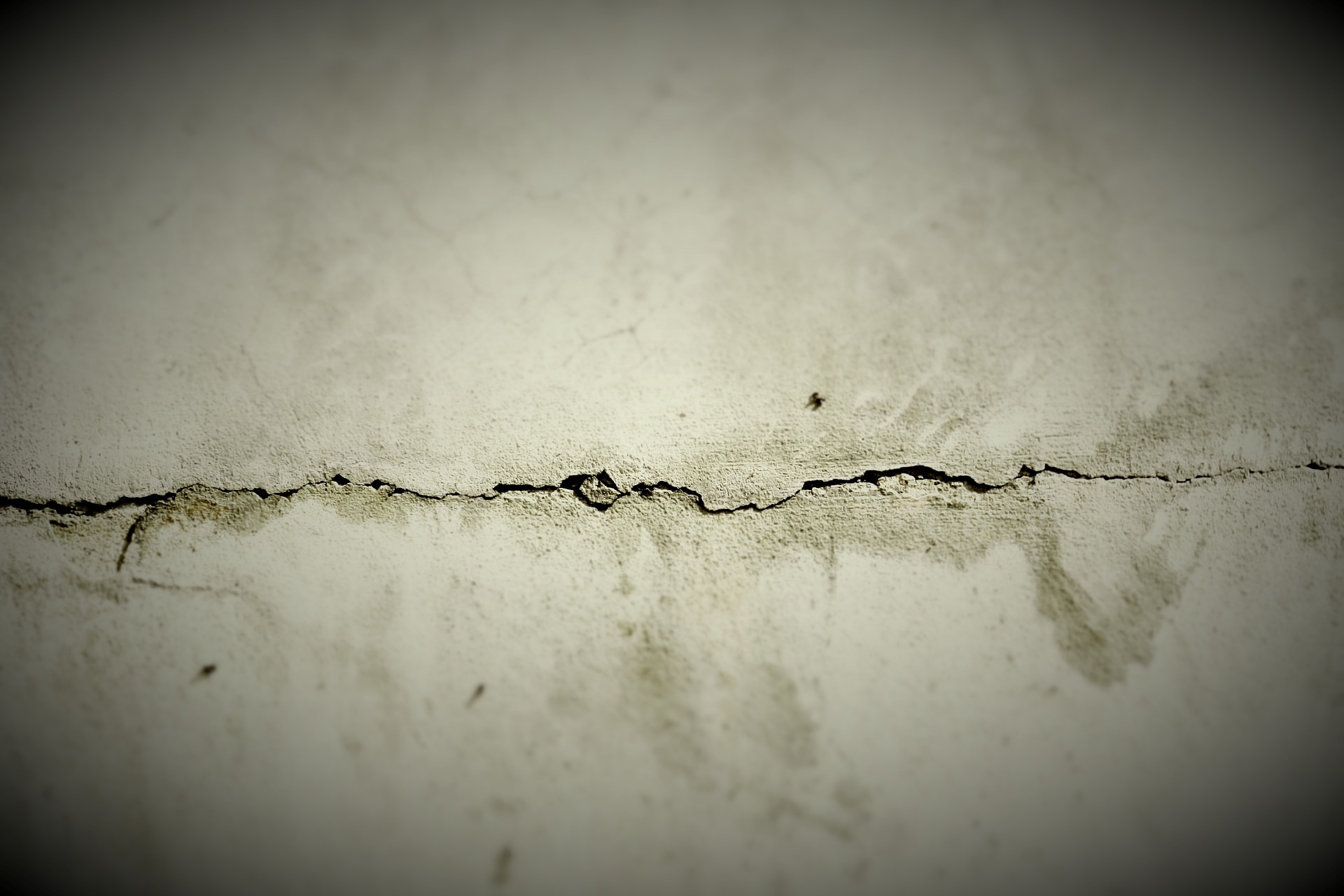Concrete Cracks – Causes & Methods for Repair 2025
Concrete structures are known for their durability, but even the strongest materials develop cracks over time. Understanding why these cracks form and knowing how to address them effectively can save property owners significant time and money. This guide explores the underlying causes of concrete damage and examines modern repair techniques available in 2025.

What Causes Concrete Cracks?
Concrete cracking occurs due to various factors, both internal and external. Shrinkage is one of the most common causes, happening as concrete loses moisture during the curing process. This natural contraction can create hairline cracks that, while often superficial, may widen over time if left unaddressed.
Temperature fluctuations also play a significant role. When concrete expands in heat and contracts in cold, the repeated stress can compromise its structural integrity. Freeze-thaw cycles are particularly damaging in colder climates, where water seeps into small cracks, freezes, expands, and causes further deterioration.
Other contributing factors include improper installation, inadequate reinforcement, soil settlement beneath the concrete, excessive loads, and chemical exposure. Identifying the root cause is essential before selecting an appropriate repair method, as different crack types require different solutions.
Modern Methods for Repairing Concrete Cracks in 2025
The concrete repair industry has evolved considerably, offering property owners more effective and durable solutions than ever before. Epoxy injection remains one of the most reliable methods for structural repairs. This technique involves injecting epoxy resin into cracks under pressure, bonding the separated concrete and restoring structural strength. It works particularly well for cracks wider than 0.002 inches and provides long-lasting results.
Polyurethane foam injection has gained popularity for addressing water infiltration issues. The foam expands to fill voids and cracks, creating a waterproof seal while remaining flexible enough to accommodate minor movements. This method is ideal for basement walls and foundations where moisture control is critical.
For surface-level cracks, routing and sealing offers a cost-effective solution. The crack is widened using specialized tools, cleaned thoroughly, and filled with a flexible sealant. While not suitable for structural repairs, this approach prevents water penetration and further deterioration in non-critical areas.
Stitching or stapling involves inserting metal staples across cracks to hold the concrete together mechanically. This traditional method is still used for larger cracks in horizontal surfaces like floors and pavements, often combined with epoxy or grout filling for enhanced stability.
The Future of Concrete Repairs
Emerging technologies are reshaping how professionals approach concrete maintenance and restoration. Self-healing concrete, which contains bacteria or capsules that activate when cracks form, is moving from laboratory research to practical applications. These innovative materials can automatically seal small cracks, potentially reducing maintenance costs and extending structure lifespans.
Advanced diagnostic tools, including thermal imaging and ground-penetrating radar, now allow technicians to identify hidden damage before it becomes visible. This proactive approach enables earlier intervention and prevents minor issues from escalating into major structural problems.
Sustainability is also influencing repair methods. Eco-friendly materials and techniques that minimize environmental impact are becoming standard practice. Carbon fiber reinforcement systems, for example, provide exceptional strength while using less material than traditional steel reinforcement.
Cost Overview for Concrete Crack Repair in 2025
Understanding the financial aspect of concrete crack repair helps property owners budget appropriately and make informed decisions. Repair costs vary significantly based on crack severity, repair method, accessibility, and regional labor rates.
Minor cosmetic repairs using sealants typically range from 200 to 500 dollars for small residential projects. Epoxy injection for structural cracks generally costs between 400 and 1,500 dollars depending on crack length and depth. Polyurethane foam injection for waterproofing usually falls in the 500 to 2,000 dollar range for typical basement applications.
More extensive repairs involving stitching, grinding, or complete section replacement can exceed 2,000 dollars, particularly for commercial properties or complex structural issues. Professional assessment fees typically range from 100 to 300 dollars, though many contractors waive this cost if they perform the repair work.
| Repair Method | Typical Application | Cost Estimation |
|---|---|---|
| Surface Sealant | Hairline cracks, cosmetic repairs | 200 - 500 dollars |
| Epoxy Injection | Structural cracks, load-bearing repairs | 400 - 1,500 dollars |
| Polyurethane Foam | Waterproofing, foundation cracks | 500 - 2,000 dollars |
| Routing and Sealing | Non-structural surface cracks | 300 - 800 dollars |
| Stitching/Stapling | Large horizontal cracks | 1,000 - 3,000 dollars |
| Complete Section Replacement | Severe deterioration | 2,000+ dollars |
Prices, rates, or cost estimates mentioned in this article are based on the latest available information but may change over time. Independent research is advised before making financial decisions.
Choosing the Right Repair Approach
Selecting an appropriate repair method requires careful evaluation of several factors. The crack’s width, depth, and location determine which techniques will be effective. Structural cracks demand professional assessment and robust solutions like epoxy injection, while cosmetic issues may only need surface treatment.
The underlying cause must also be addressed. Repairing a crack without fixing the root problem, such as poor drainage or inadequate support, will likely result in recurring damage. Professional contractors can identify these issues and recommend comprehensive solutions that prevent future problems.
Timing matters significantly. Early intervention typically costs less and prevents minor cracks from developing into major structural concerns. Regular inspections help catch problems before they escalate, making proactive maintenance a wise investment for any concrete structure.
Conclusion
Concrete cracks are a common challenge for property owners, but understanding their causes and available repair methods empowers informed decision-making. From traditional techniques to cutting-edge innovations, the options available in 2025 offer effective solutions for various crack types and severities. By addressing issues promptly with appropriate methods and considering both immediate costs and long-term value, property owners can maintain the integrity and appearance of their concrete structures for years to come. Professional consultation remains invaluable for assessing damage accurately and selecting the most suitable repair approach for each unique situation.




